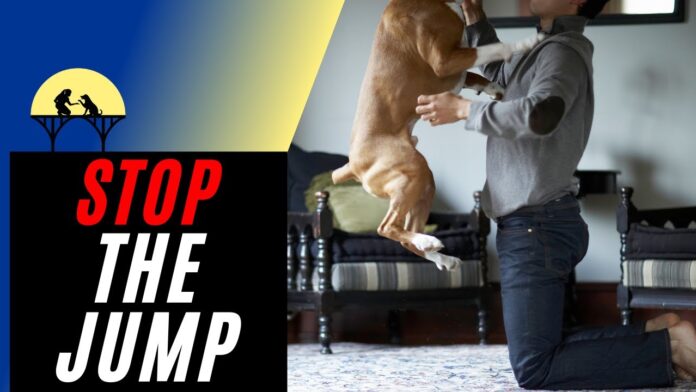Does your furry friend get a little too excited when greeting visitors? Learning how to train your dog not to jump on people is a crucial part of responsible pet ownership. This guide will help you transform your enthusiastic jumper into a well-mannered canine companion.
Understanding Why Dogs Jump
Before diving into training techniques, it’s important to understand why dogs engage in jumping behavior This natural instinct stems from their desire to greet others face-to-face and seek attention. As discussed in various dog training guides, jumping is a common challenge many pet parents face
The Step-by-Step Training Process
1. Establish Basic Commands
Before tackling the jumping issue, ensure your dog knows these basic commands:- Sit- Stay- Down- Off
2. Implement the “Four Paws on the Floor” Rule
- Never reward jumping behavior
- Only give attention when all paws are on the ground
- Be consistent with your expectations
- Make sure all family members follow the same rules
3. Practice the “Turn and Ignore” Technique
When your dog jumps 1 Immediately turn your back2 Cross your arms3. Avoid eye contact4. Wait until they calm down5. Only acknowledge them when they’re calm
4. Reward Positive Behavior
- Keep treats handy
- Offer immediate praise for good behavior
- Use a marker word like “yes” or “good”
- Give attention only when calm
Advanced Training Tips
Pet like boss recommends these additional strategies:
Alternative Greeting Behaviors
Teach your dog to * Sit for greetings* Bring a toy instead of jumping* Wait at a distance* Make eye contact
Managing Guest Interactions
- Put your dog on a leash before guests arrive
- Ask guests to ignore the dog until calm
- Have treats ready for proper greetings
- Practice with willing volunteers
Common Mistakes to Avoid
- Inconsistent enforcement
- Accidentally rewarding jumping
- Using physical punishment
- Giving up too soon
- Not involving all family members
Special Considerations
For Puppies
- Start training early
- Be extra patient
- Use age-appropriate training sessions
- Focus on prevention
For Senior Dogs
- Consider physical limitations
- Use gentler corrections
- Be patient with learning
- Consult with your vet if needed
When to Seek Professional Help
Consider working with a professional trainer if:* Your dog’s jumping is aggressive* Traditional methods aren’t working* You’re dealing with a large breed* The behavior is getting worse
Creating a Training Schedule
Daily Practice
- Morning greeting routine
- Before walks
- During play sessions
- When returning home
Weekly Goals
- Week 1: Basic command reinforcement
- Week 2: Turn and ignore technique
- Week 3: Guest greetings
- Week 4: Public interactions
Long-term Success Tips
- Stay consistent
- Keep training sessions short
- Use positive reinforcement
- Celebrate small victories
- Be patient with progress
The Role of Exercise
A tired dog is typically better behaved. Include:* Daily walks* Playtime* Mental stimulation* Interactive toys
Environmental Management
- Create a designated greeting area
- Use baby gates when needed
- Keep leashes accessible
- Have treats strategically placed
Troubleshooting Common Challenges
If Your Dog Persists in Jumping
- Review your consistency
- Increase exercise
- Consider professional help
- Check for medical issues
When Guests Don’t Cooperate
- Communicate your training goals
- Provide specific instructions
- Use management tools
- Be prepared to intervene
Building Long-term Success
Remember that learning how to train your dog not to jump on people takes time and patience. Success comes from:* Consistent practice* Clear communication* Positive reinforcement* Family involvement
Final Thoughts
Training your dog not to jump on people requires dedication and consistency. While it may seem challenging at first, the results are worth the effort. Keep in mind that every dog learns at their own pace, and what works for one might not work for another.
By following these guidelines and staying patient, you’ll be well on your way to having a well-mannered pup who greets people appropriately. Remember to celebrate progress, no matter how small, and don’t hesitate to seek professional help if needed.
Keep up with the latest dog training tips and tricks by visiting Pet like boss for more expert advice and guidance on raising a happy, well-behaved furry friend.











![Are Quail Eggs Good for Dogs? A Complete Guide to This Tiny Superfood! [Help] Am I allowed to feed my dog Quail eggs?](https://petlikeboss.com/wp-content/uploads/2024/10/Are-cooked-quail-eggs-good-for-dogs-ca4015a0db-100x70.jpg)
